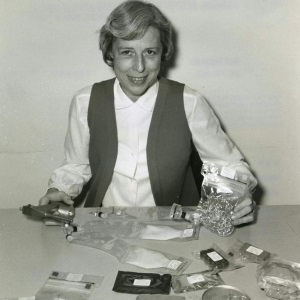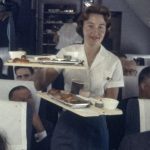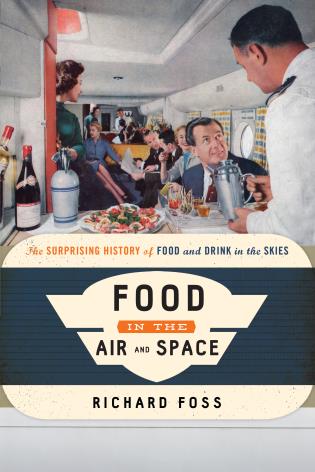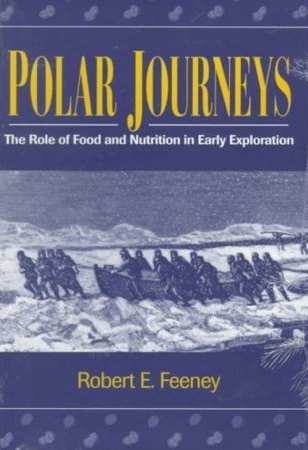NASA began spaceflights with the idea that astronaut food had to be limited because of fear that weightlessness would cause crumbs and other food fragments to fill the air. That’s why Glenn and later Mercury astronauts were forced to eat from a container resembling a toothpaste tube. As space missions grew longer, NASA tried to broaden the menu of real food by offering bite-sized food cubes coated with gelatin, such as pieces of fruit cake, to avoid crumbling.
The big breakthrough came on Apollo 8, which had hot water aboard and made carrying dehydrated food possible for the first time. Frank Borman, Jim Lovell and Bill Anders enjoyed a Christmas Eve turkey dinner as they orbited the moon. Over the years, NASA discovered that the surface tension of food would keep it on a spoon, so spoon bowls offered astronauts the ability to eat food in ways that reminded them of home. Comparing the astronauts’ meals to those of small children, the ability to use a spoon was “the difference between baby foods and junior foods,” remembered Rita Rapp of the Apollo Food Systems team.
See: “Rita Rapp Fed America’s Space Travelers” by By Alice George on the Smithsonian magazine website (2019)






